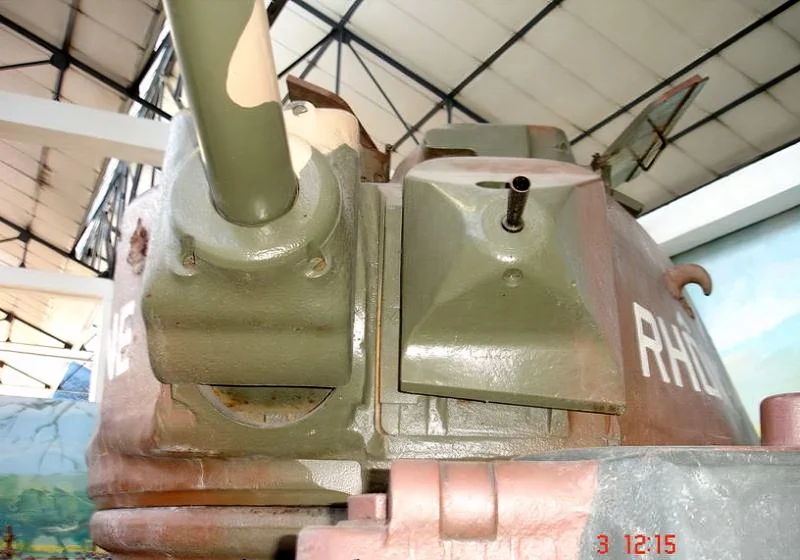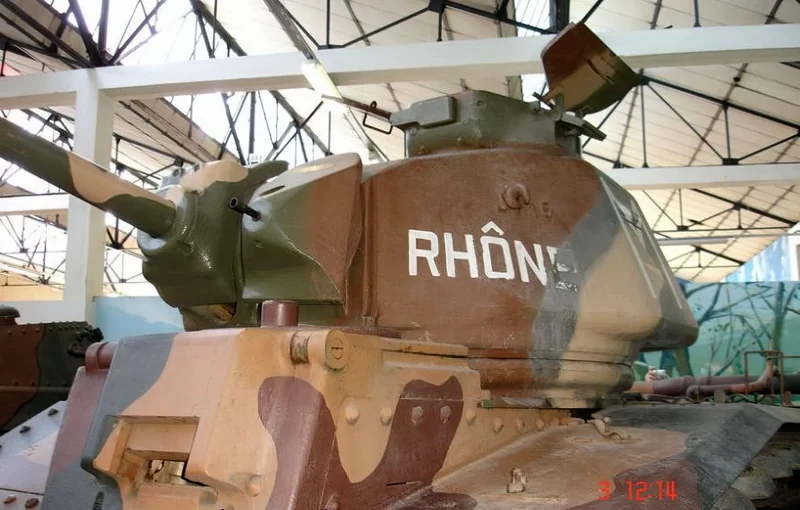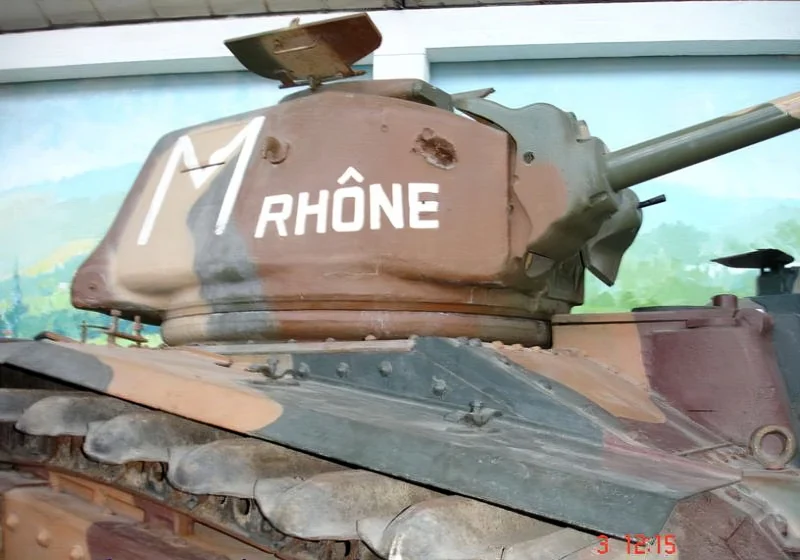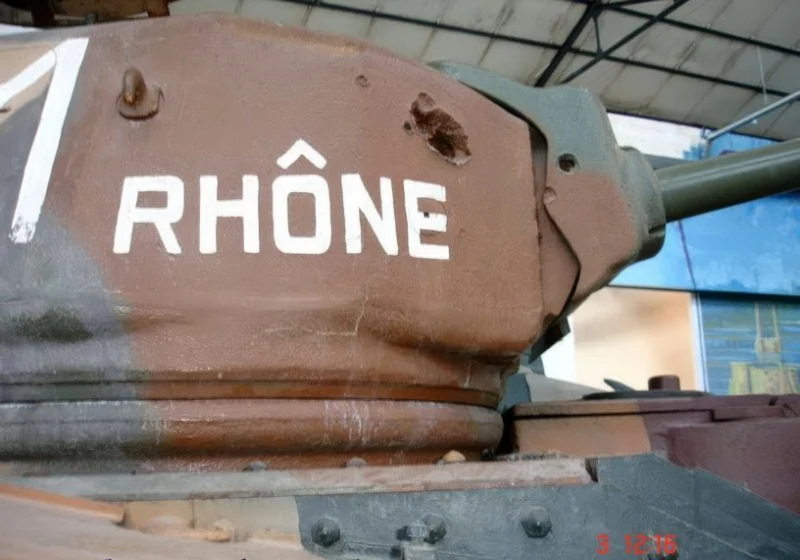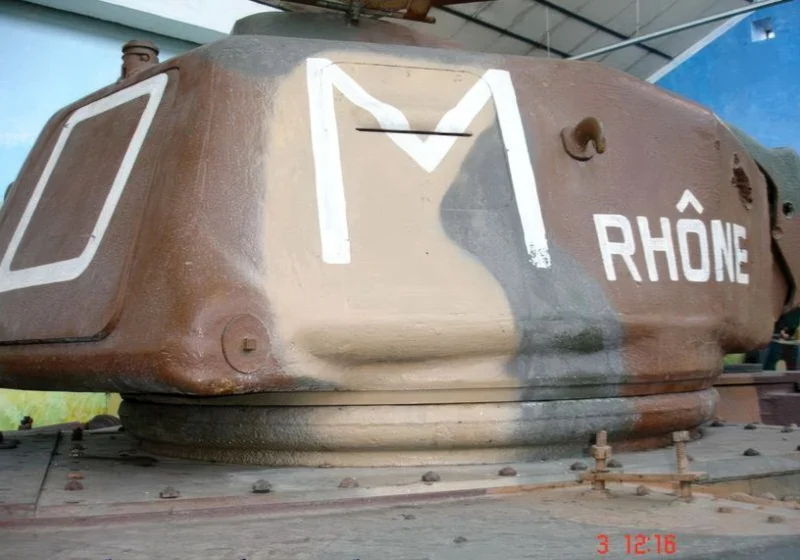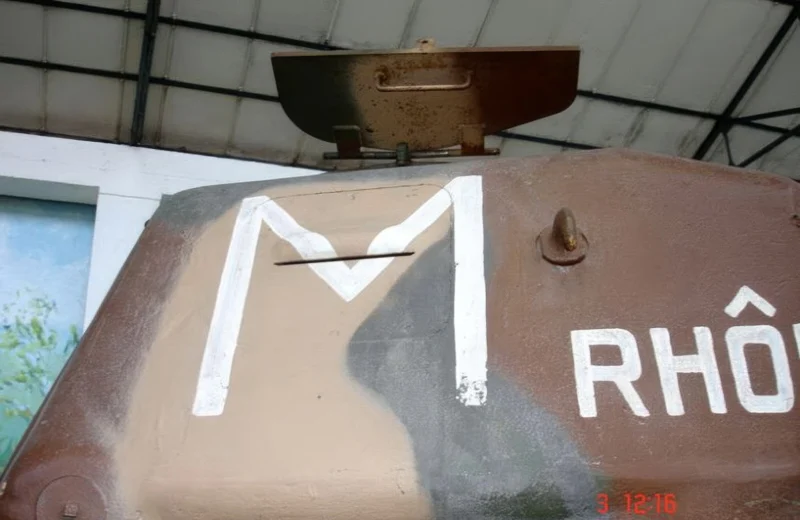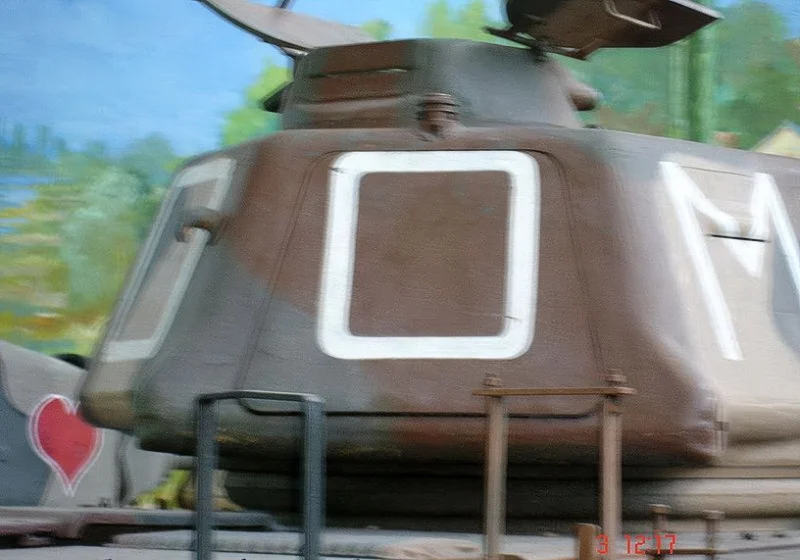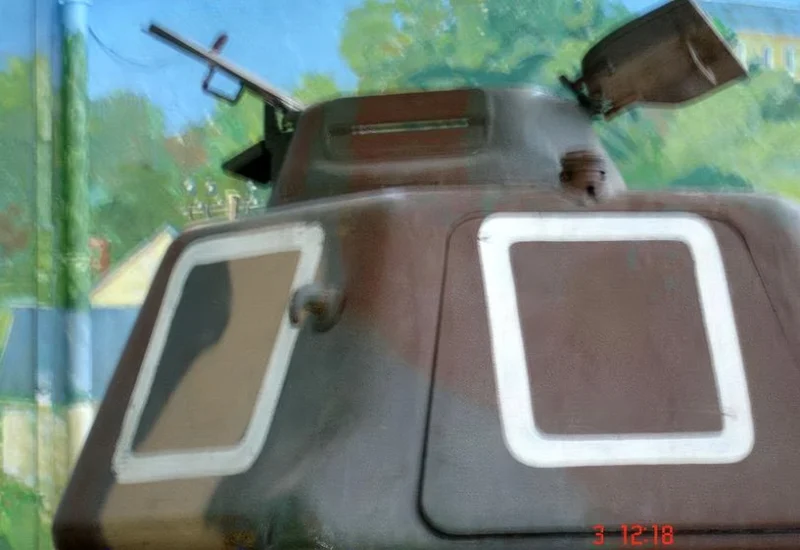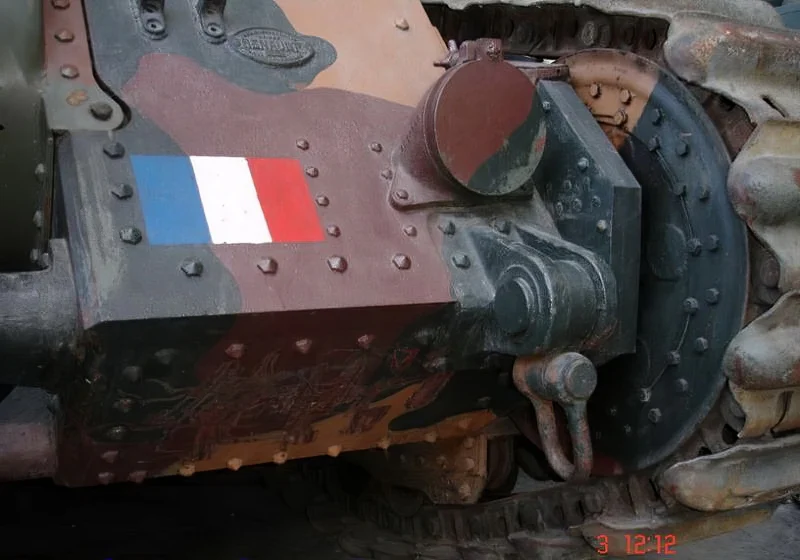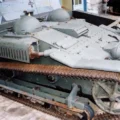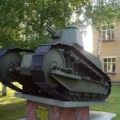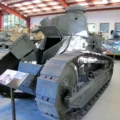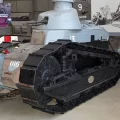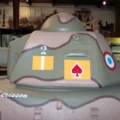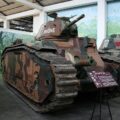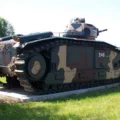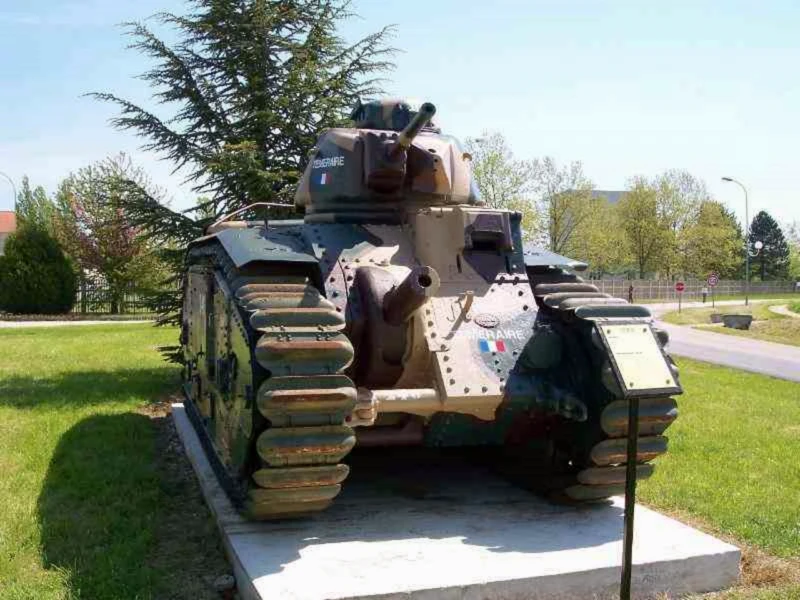
르노 B1 비스 | |
|---|---|
| 국가 | 프랑스 |
| 모델 | B1 비스 |
| 형식 | 중전차 |
| 서비스 중 | 1936–1940 (프랑스) |
| 내장 | 405) |
사진 갤러리 르노 B1 비스, 탱크의 개발은 긴 과정으로 판명되었으며 경제적, 정치적, 국제적 문제로 인해 즉시 표준화되지 않았습니다. 같은 이유로 주문한 수량은 소량으로 유지되었습니다. 첫 번째 '시리즈' 주문은 1934년 4월 6일에 7명의 모범에 대해, 두 번째 주문은 1934년 Oecember에서 20개 이상, 1935년 4월 29일에 5개 중 3분의 1에 서명되었습니다. 50, 3개의 프로토타입으로 총 35개의 모범이 되어 전체 대대를 갖추기에 충분합니다. 건설은 프로그램의 여러 공동 계약자에게 맡겨지며 최종 조립은 Renault와 FCM의 책임입니다.
소스: 트랙스토리
| Renault B1 bis – WalkAround | |
|---|---|
| 사진 작가 | Unknow |
| 로컬라이제이션 | Unknow |
| 사진 | 64 |
| Renault B1 Bis Walk Around | |
|---|---|
| 사진 작가 | Unknow |
| 로컬라이제이션 | Unknow |
| 사진 | 46 |
참고 항목:
Tthe Renault Char B1 was a heavy tank designed in France in the 1930s, and the B1 bis was the main production and most formidable variant used by the French Army during the Battle of France in 1940. It was one of the most heavily armored and powerfully armed tanks available to any nation at the start of World War II.
Development and Design
- Role: The Char B1 series was designed as a “battle tank” or “tank of maneuver” (전투 탱크), intended to lead infantry breakthroughs, destroy enemy fortifications, and engage enemy armor.
- Heavy Armor: Its greatest strength was its armor. The B1 bis featured **cast and riveted steel armor** up to **60 mm** thick on the hull and turret front. This made it virtually immune to all standard German anti-tank guns and tank guns at typical combat ranges in 1940.
- Engine: It was powered by a **Renault gasoline engine** producing 307 horsepower, which was necessary to move the tank’s substantial weight of about 31.5 tonnes. However, the tank was slow, with a top speed of only around 28 km/h on roads.
Unique Armament Configuration
The B1 bis had a highly unusual and complex armament layout with two primary guns:
- Hull Gun: Its primary anti-tank weapon was a **75 mm ABS SA 35 gun** mounted rigidly in the **front right hull**. This gun had very limited traverse (only 1 degree left/right), meaning the **entire tank had to be pointed** at the target to aim the gun horizontally. The driver was also responsible for aiming and firing the hull gun, placing an enormous burden on one crew member.
- Turret Gun: A **47 mm SA 35 gun** was mounted in a small, single-man cast turret (**APX4**). This gun was excellent against German armor, but the single-man turret meant the commander was severely overloaded, having to search for targets, load, aim, fire the gun, and command the tank simultaneously.
- Secondary Armament: Two **7.5 mm Reibel machine guns** were also carried—one coaxially in the turret and one in the hull.
Operational History and Flaws
- Battle of France (1940): The B1 bis achieved notable successes early in the campaign. During the Battle of Stonne, a single B1 bis famously survived 140 hits from German anti-tank rounds without being penetrated.
- Key Flaws: Despite its resilience, the B1 bis was strategically limited:
- Overburdened Commander: The single-man turret severely reduced the tank’s situational awareness and rate of fire in dynamic combat.
- Range and Endurance: High fuel consumption and slow speed limited strategic mobility and operational range. Refueling was complex and time-consuming.
- German Use: After the French defeat, many captured B1 bis tanks were pressed into service by the German Wehrmacht, often designated the **Panzerkampfwagen B2 740(f)**, primarily for occupation duties, training, and anti-partisan roles.
Views : 4995
